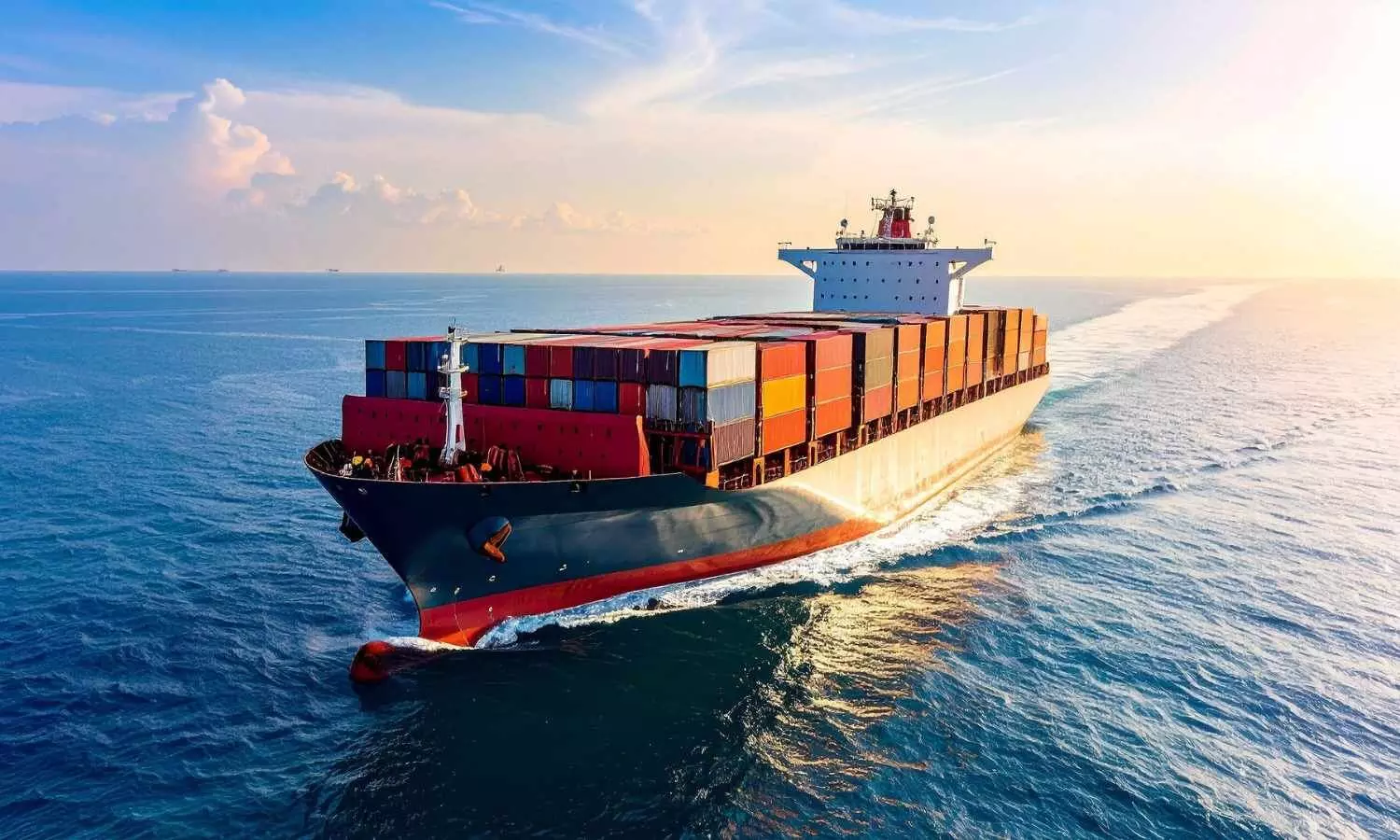Logistics the backbone of trade and commerce
Logistics is the backbone of trade and commerce, driving efficiency, connectivity, and economic growth by ensuring smooth movement of goods across regions and markets.
Logistics the backbone of trade and commerce

Logistics is the backbone of trade and commerce because it is the essential system that manages the flow of goods from production to consumption, enabling businesses to compete globally and support economic growth. This involves the strategic handling, transportation, and storage of raw materials and finished products, connecting producers, businesses, and consumers across domestic and international markets.
Logistics serves as the foundation of modern commerce, making it possible for businesses to efficiently manage supply chains, reach global markets, and ensure customer satisfaction. By optimizing processes, driving innovation, and adapting to dynamic market conditions, logistics plays a vital role in the continued growth and success of businesses worldwide.
The global logistics industry is a major economic driver, with a market size valued at approximately USD 9.4 to 11.2 trillion in 2024, projected to grow to over USD 14 to 23 trillion by 2034. Growth is fueled by e-commerce, globalization, and technology like AI and IoT, which are increasing demand for faster and more complex delivery services. Asia Pacific is currently the largest regional market.
In 2024, the Asia-Pacific region led the global logistics market, holding the largest share at 44.6%, driven by increased adoption of advanced technologies and favorable government policies that promote trade, and the region continues to do well in this.
Major companies include C.H. Robinson Worldwide Inc., J.B. Hunt Transport Services, FedEx Corp, DHL Group, and United Parcel Service, Inc. (UPS).
According to a recent EY report, “India@100: realizing the potential of a US$ 26t economy”, India is projected to grow to US$26t by FY48. India’s transportation and logistics sector can act as the backbone to support this fast-paced growth, which the country is poised to achieve in the next 25 years. India’s freight movement is heavily skewed toward road transportation, which moves 66% of cargo (in ton-km). This is followed by rail (31%), shipping (3%) and air (1%). The sector continues to witness unevenness in freight transportation by mode and is working toward solving this impediment.
Meanwhile, other modes of transport are seeing growth: There is growing demand for waterway transportation, owing to its cost efficiency and higher cargo capacity. It was the fastest-growing segment last year. The global water transport market is projected to reach $983 billion by 2032, growing at a CAGR of 6.2% between 2024 and 2032. Similarly, growing demand for efficient freight solutions and increasing emphasis on sustainable practices are also boosting the rail logistics market, which is set to grow at a CAGR of 4.1%, reaching almost $507 billion by 2034 from $355 billion in 2025.
Research has shown that logistics companies are investing in social media paid ads, search engine optimization, paid search marketing, video marketing, and web design and development, with lead generation their main goal.
Social media also enables them to build relationships and craft targeted messaging that speaks directly to key decision-makers, industry partners, and influencers.
In 2024, the mergers and acquisitions (M&A) activity in the European logistics sector increased after a slump, growing from 257 deals in 2021 to 364 deals in 2024, to give rise to high-value deals. Acquisitions are helping the brands expand their global footprint, particularly across high-growth trade corridors and previously underserved regions. DSV’s acquisition is helping it double in size and get access to new markets.
Within warehouses, automation technologies can be deployed to handle repetitive tasks like picking, sorting, and packing, increasing efficiency while easing labor demands. Additionally, AI-powered driver management systems can be used to monitor performance and safety, and incentivize efficiency.
To align with the Paris Agreement targets, companies are required to reduce their carbon emissions by 55% by 2030, compared to 1990 levels.
However, despite growing interest in eco-friendly options, consumers are less willing to pay a premium for sustainable delivery. This suggests that logistics companies might not be able to pass additional costs on and will instead need to absorb the investments required to make their operations more sustainable.
Last-mile delivery innovations secured the seventh spot in a list of the top 15 industry trends, according to a Maersk survey of decision-makers. The global last-mile delivery market was valued at close to $147 billion in 2023 and is projected to grow at a CAGR of 9.8% from 2024 to 2032, to around $310 billion. The rising demand for speed in last-mile delivery is a contributing factor. Two-thirds of consumers globally expect to receive their deliveries within 24 hours. With last-mile deliveries amounting to almost 53% of total shipping costs in business-to-consumer supply chains, logistics companies are trying to optimize costs. The answer lies in streamlining their operations by using technology to gain end-to-end supply chain visibility, predict demand, automate warehouses, optimize routes, and manage fleets.

